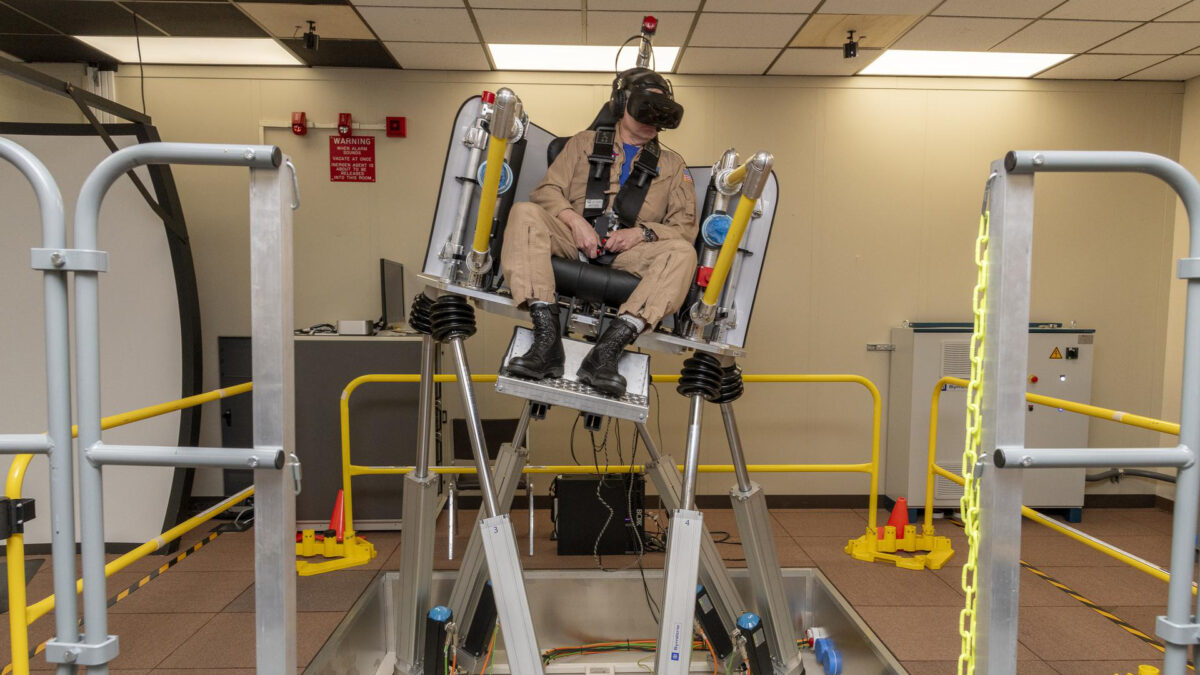NASA uses a virtual reality simulator to explore what a flight in an air taxi feels like

NASA has built a Virtual Reality simulator to explore the passenger experience in air taxi cabins
NASA has developed a special virtual reality flight simulator to study the passenger experience in air taxis. Test pilot Wayne Ringelberg of the Armstrong Flight Research Center in California recently conducted a series of test rides to optimize the system for future studies.
The simulator combines VR environments, physical motion stimuli and spatial rotor sounds to create an immersive cabin experience. During the test rides, Ringelberg evaluated the realism and consistency of the visual, auditory, and motion stimuli.
The simulated ride begins on a virtual Vertiport in a San Francisco parking garage and ends on a skyscraper. The goal is to gather data that will help designers create more passenger-friendly aircraft.
Over the next four years, NASA plans to conduct a series of studies with test subjects. Researchers want to find out what makes passengers comfortable in aircraft cabins.
NASA Explores Advanced Air Mobility
The project is part of NASA's Advanced Air Mobility mission to provide data for the development of electric air taxis and drones. It is led by the Revolutionary Vertical Lift Technology project, part of NASA's Advanced Air Vehicles program.
Ringelberg emphasized that the experiments in the Ride Quality Lab are intended to promote public acceptance of the new technology. The knowledge gained could help the aviation industry design aircraft cabins that are acceptable to potential customers.
NASA has been using virtual reality for research purposes since the early 1980s. Early prototypes of VR headsets were designed to help rocket engineers view their designs in three-dimensional space. In 2022, NASA worked with Epic to simulate Mars in VR to prepare astronauts for everyday life on the red planet. The combination of VR and AI is also a useful analytical tool for the U.S. space agency to better understand complex data.
Note: Links to online stores in articles can be so-called affiliate links. If you buy through this link, MIXED receives a commission from the provider. For you the price does not change.